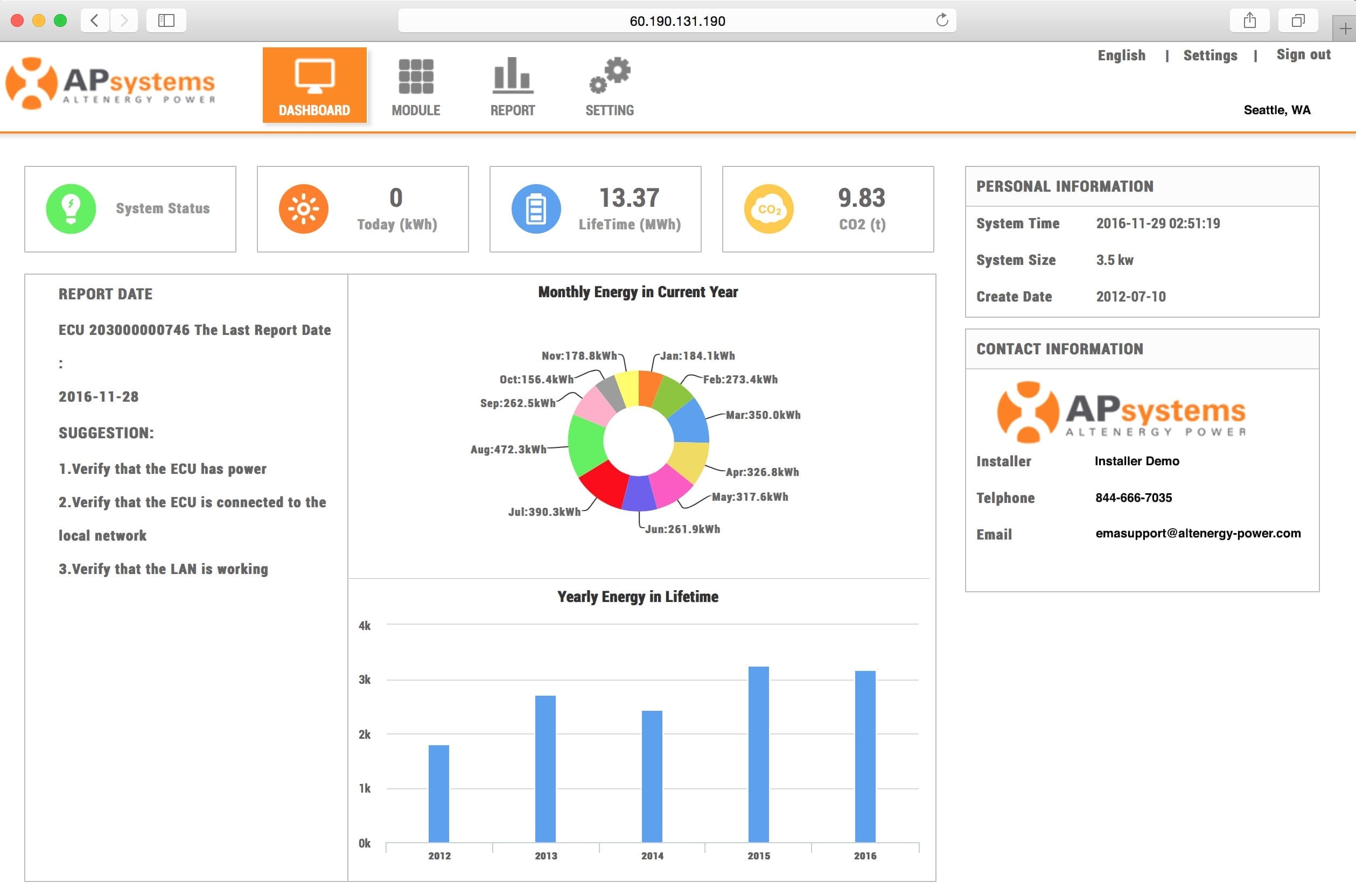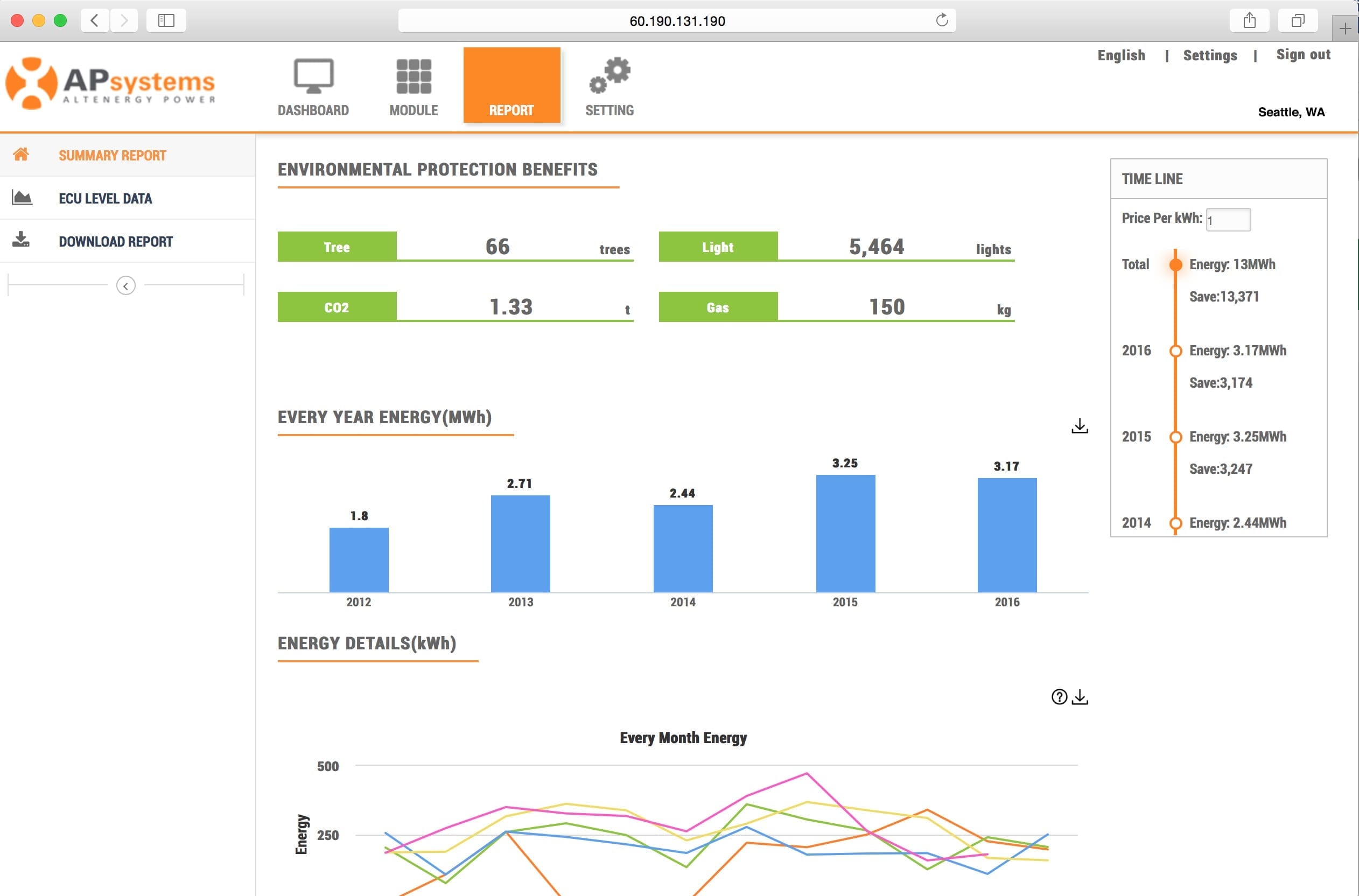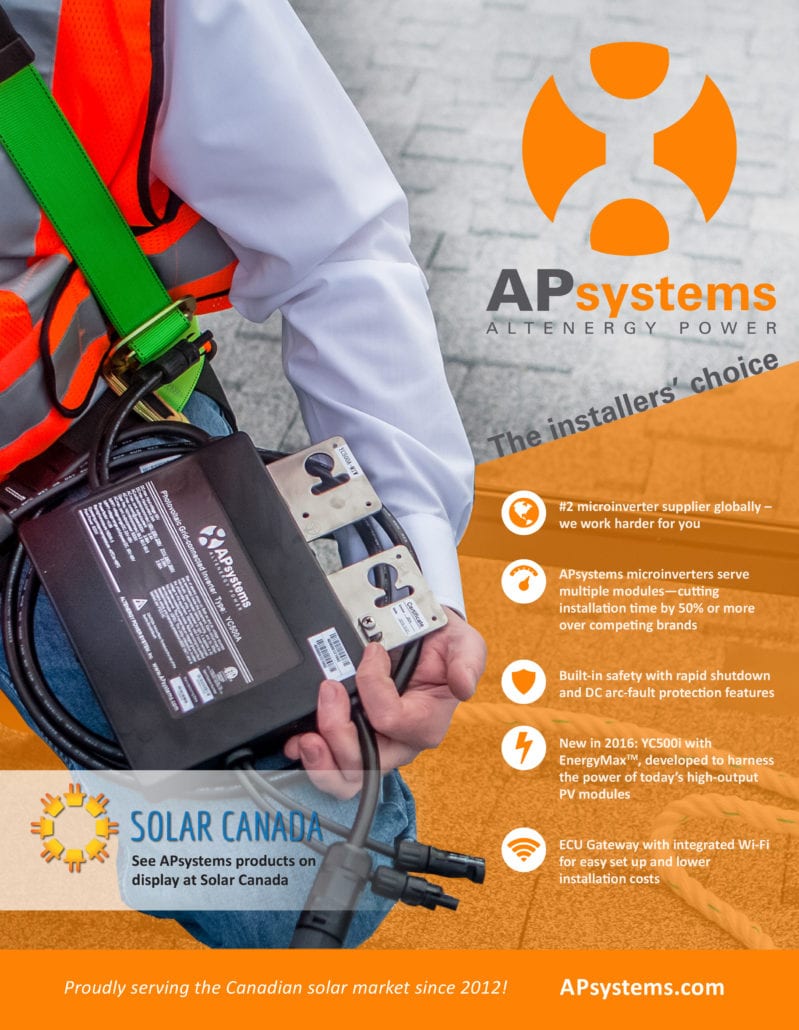APsystems Launches Latin America Website | APsystems lanza sitio web de Latinoamérica
APsystems has launched a website for the Latin America market, including the Spanish and English versions. Users can visit the site at latam.apsystems.com. Click the button on the top right corner to choose the language.
APsystems ha lanzado un sitio web para el mercado de América Latina, incluyendo las versiones en español e inglés. Los usuarios pueden visitar el sitio en latam.apsystems.com. Haga clic en el botón en la esquina superior derecha para elegir el idioma.
APsystems now offers dedicated websites for regional markets including Europe/Middle East/Africa, Asia Pacific, China, Canada, USA and Latin America. Select “Worldwide Locations” to choose a specific region, and find out more about local APsystems offices, distribution partners and product information.
APsystems ahora ofrece sitios web dedicados para mercados regionales como Europa / Medio Oriente / África, Asia Pacífico, China, Canadá, Estados Unidos y América Latina. Seleccione “Ubicaciones mundiales” para elegir una región específica y obtenga más información sobre las oficinas locales de APsystems, los socios de distribución y la información sobre los productos.
The new Latin America website supports the APsystems office in Mexico, established in 2016 to support regional service and warehousing.
El nuevo sitio web de Latinoamérica apoya la oficina de APsystems en México, establecida en 2016 para apoyar el servicio regional y el almacenamiento.
APsystems is now a global leader in the development, manufacturing and marketing of MLPE (microinverter and optimizer) based on our own proprietary, leading-edge solar technology.
APsystems es ahora un líder global en el desarrollo, la fabricación y la comercialización de MLPE (microinverter y optimizador) basados en nuestra propia tecnología solar de punta.

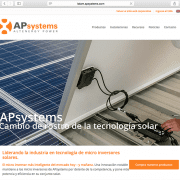






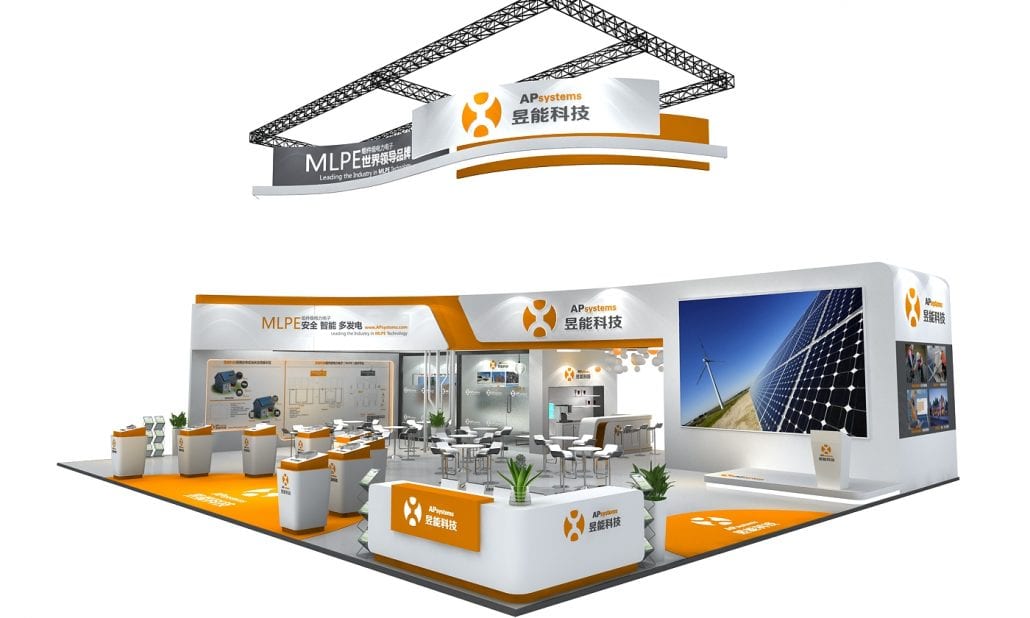
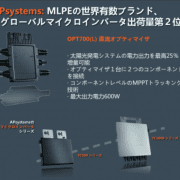






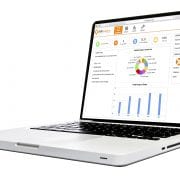
 The site also enables APsystems-registered solar installers and contractors to lower their maintenance costs by creating and managing their customers’ PV installation accounts remotely. Key features of the new EMA site include a more attractive design and a more engaging user experience with an enhanced system dashboard, system management tools and improved reporting functions.
The site also enables APsystems-registered solar installers and contractors to lower their maintenance costs by creating and managing their customers’ PV installation accounts remotely. Key features of the new EMA site include a more attractive design and a more engaging user experience with an enhanced system dashboard, system management tools and improved reporting functions.